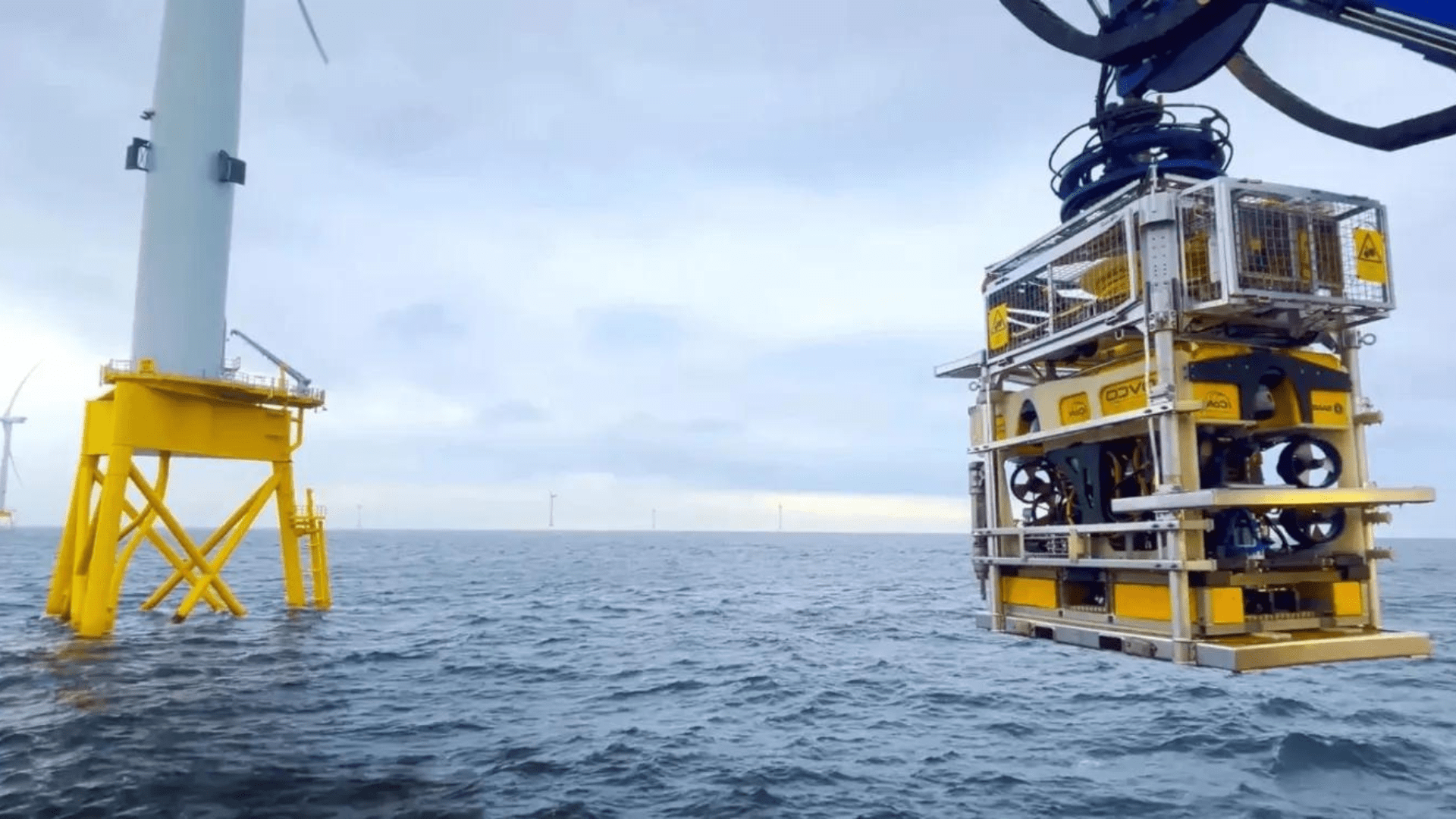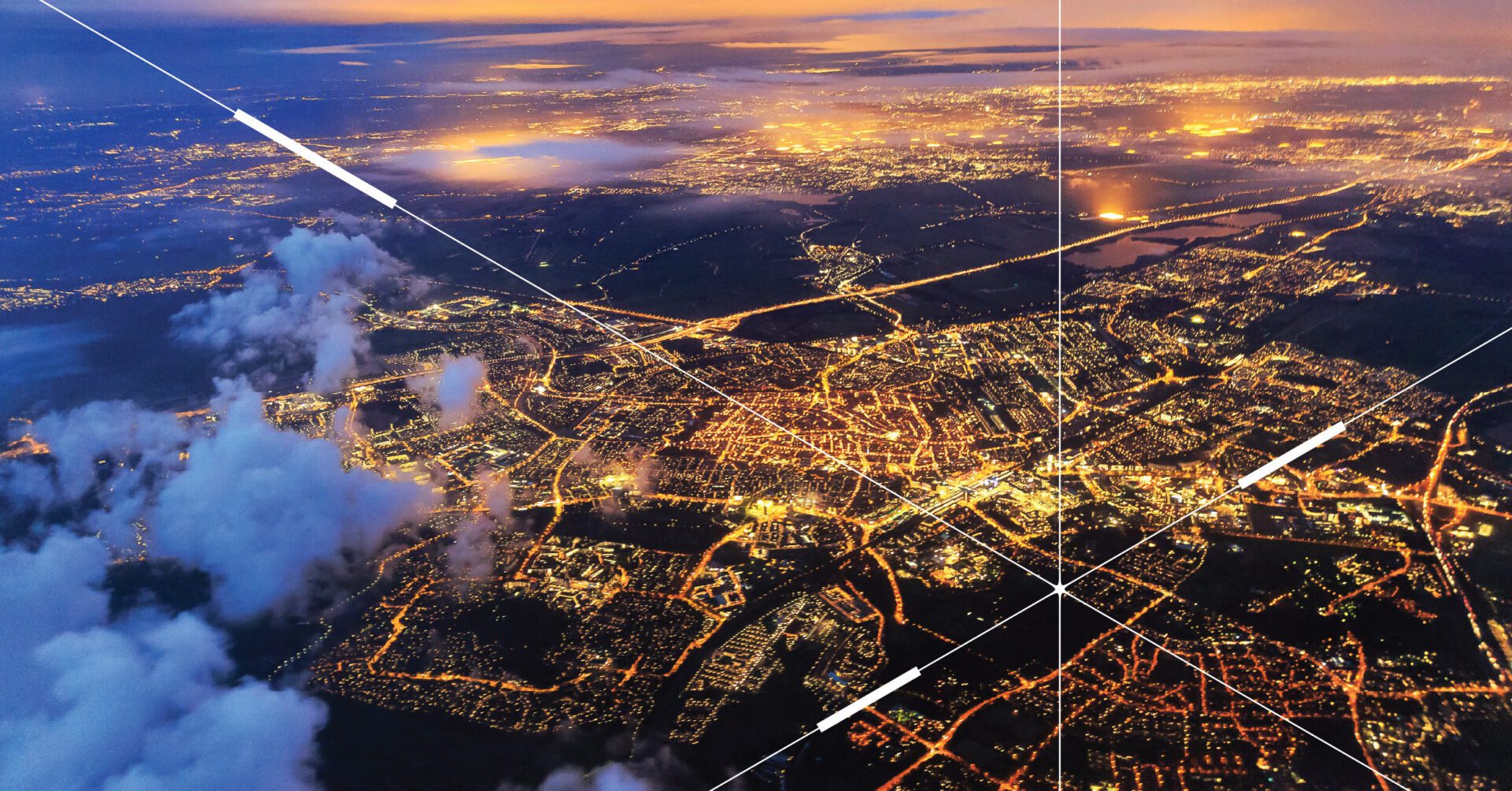Two innovations are taking the world by storm: offshore wind plants and autonomous vehicles. In the U.K., a company is using one innovation to support the other. Beam, a company based in the United Kingdom, deployed the world’s first AI-driven autonomous underwater vehicle. The company is a leader in offshore wind services and created the autonomous underwater vehicle to inspect offshore wind farm structures.
A Breakthrough

Beam has already successfully employed the autonomous underwater vehicle to inspect jacket structures at Seagreen wind farm in Scotland. The wind farm is Scotland’s largest offshore site. Seagreen wind farm is a joint effort between SSE Renewables, TotalEnergies, and PTTEP.
The underwater technology is set to revolutionize marine technology and underwater robotics. According to the company, “The vehicle can conduct complex underwater inspections without any human intervention.” This significantly increases efficiency and reduces the costs of underwater surveys and inspections.
Traditional offshore wind site inspections are manual and labor-intensive processes. Beam’s AI-powered technology offers a fully autonomous solution, that delivers data directly back to shore. This allows offshore workers to focus on more complex tasks while reducing inspection times by 50%. As a result, it substantially cuts operational costs. In addition, the technology enhances the quality of inspection data and enables the creation of 3D reconstructions of assets alongside visual data.
Beam’s CEO Brian Allen said, “Automation can revolutionize how we carry out inspection and maintenance of offshore wind farms, helping to reduce both costs and timelines.”
The Future
This deployment is a major step in Beam’s path to autonomous technology. Allen said, “Looking ahead to the future, the potential of this technology is huge for the industry, and success in these initial projects is vital for us to progress and realize this vision.” The company is set to roll out this AI-driven solution across its fleet of DP2 vessels, ROVs, and autonomous underwater vehicles (AUVs) throughout 2025 and 2026.
According to the company, the deployment aligns with its mission to revolutionize offshore wind operations. They believe that autonomous technology makes operations more efficient and cost-effective and further supports the global energy transition.







